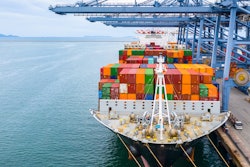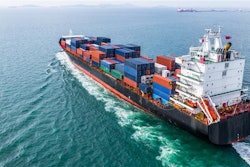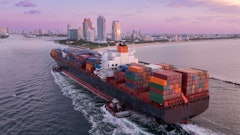
The current disruptions in the supply chain, especially at ports, remain a focal point for companies around the world but there's more discrepancy than most realize. While some ports with direct access to major routes that shippers look towards are completely congested, others are begging for more cargo.
For instance, the Port of Oakland sent out a call for more cargo in mid-October as it saw the lowest vessel call total since 2015. As a result, according to the port, September import volume dropped 13% from September 2020 and exports were down 18 percent. But the Port of Los Angeles and Long Beach are completely logjammed and even implemented a surcharge on carriers taking too long to move out of the ports. According to the New York Times, 40% of all trade through maritime comes through these two ports. Their prime destinations draw shippers in to maximize their efforts in attempts to drive down transportation time, as the entire industry is strapped for labor.
Additionally, the Port of New Orleans lacked any type of bottlenecks, but saw an opportunity from congestion at other ports. The VP and chief commercial officer of the port revealed that volume increased 40% throughout the last few months and the port is targeting over seas shippers through the promise of avoiding bottlenecks.
For the Port of Los Angeles, the current problem is empty containers taking up space, reducing availability for new containers to come in. This is where the new fees come into play, starting next Monday, Nov. 22. Executive director of the port, Gene Seroka, said that the port had 65,00 containers sitting empty at the moment of a press conference on Nov. 16.
During this press conference, Seroka also revealed that while the port has 24-hour operation capability that President Biden pushed for in a new project to decrease congestion, it lacks the workforce to do so. The lack of interest in overnight warehouse workers and truck drivers prevents the program from taking off.
Two weeks ago, I wrote about the discrepancy in profits between retailers and shippers, as the increase in demand mixed with congestion helps some but hurts others. This week, it is a very similar issue and exhibits just how many gaps there currently are in the supply chain. The future relies on a completely new strategy, one that simply does not gloss over these issues at hand.
















![Pros To Know 2026 [color]](https://img.sdcexec.com/mindful/acbm/workspaces/default/uploads/2025/08/prostoknow-2026-color.mduFvhpgMk.png?ar=16%3A9&auto=format%2Ccompress&bg=fff&fill-color=fff&fit=fill&h=135&q=70&w=240)
